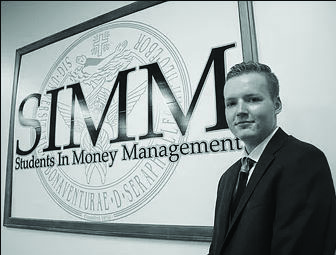By Gunnar Schifley, Contributing Writer
Over the course of six days, the Dow Jones Industrial Average declined 8.532 percent, the S&P 500 lost 7.795 percent and the Nasdaq also fell 7.171 percent. From Monday, Jan. 29 through Monday, Feb. 5, the market saw the first decline of the year.
The sell-off of stocks in the United States and abroad set back major indices, reducing the gains for the calendar year to nearly flat levels. The reduction in points was the largest since the 2008 financial crisis, but, percentage-wise, was not as significant. Markets are also more resilient since the crisis due to monetary policy implemented by many governments to prevent similar future events.
This decline in the market comes at a time when global economies are seeing simultaneous growth. As monetary regulators in large countries see this growth, they gain confidence in the global economy.
Then, they can ease their policies that were put into place during the financial crisis. Raising rates is the first maneuver many of these monetary regulators will make. When they raise rates, it becomes more expensive to access money.
This can be seen as a direct step to increased inflation. Increased inflation then results in shifts such as unemployment, wage rates, interest rates on loans and exchange rates when traveling abroad.
The economy in the United States has continued to grow, and economic reports published during the market decline supported this growth. Nonfarm Payroll, an indicator of how many jobs were created in the U.S. for the previous month, came in at 200K, beating the expectation of 180K by 11 percent.
Unemployment stayed at 4.1 percent, showing the strength of the job market. Disposable personal income growth came in at 0.4 percent, beating the expectation of 0.3 percent. American consumers have more money to spend after they pay all of their expenses. This is expected to be spent or invested, and helps strengthen the economy.
On Feb. 6, the market recovered, making large one-day gains. The Dow Jones gained 2.3 percent, the S&P gained 1.7 percent and Nasdaq gained 2.1 percent. Investors returned to a calmer state in the market and share prices reflected this.
Many analysts looked to the reports of increasing spending on defense and infrastructure projects from a Senate agreement that is quickly becoming a reality. Futures and options prices have leveled back out in many cases and, overall, investor confidence looks strong going into the second half of the first quarter.






